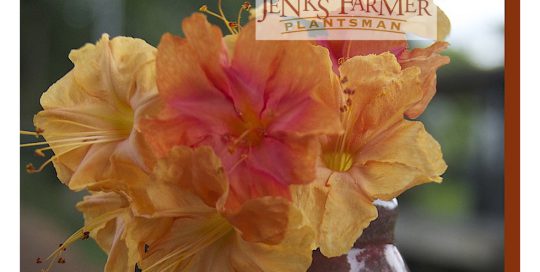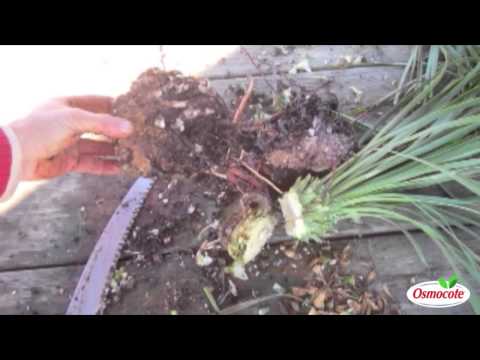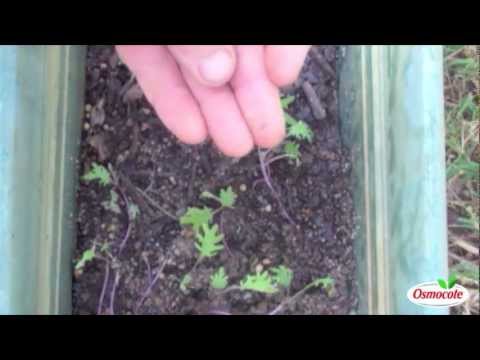Late Summer Garden Checklist
Views: 6781
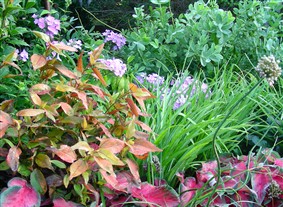
I thrive in the heat and humidity and want to be in the late summer garden all the time working, sticky, dirty-fingered. We took a break and had lunch at the Scranton Caf, the tiniest eating place you’ve ever seen. One guy’s shirt stuck to his back, and his fingers left black marks of dirt on his fried chicken (a little bit of grease makes the garden go down).
You have be out in it, at least in the morning or whenever you can. We do lots of walking/designing. Cut stems, leaves, flowers and just walk around, holding things up to other things. It’s a great way to design. Yep, this Autumn Minurete gold daylily would look great with Rose Parade crinum. No, the juncus texture is too similar to the day lily.
Late Summer Garden Checklist
Here are some things you should be doing in the heat and humidity:
Walk around; be outside; cut big bundles of stuff and see if you can find them a new neighborhood. Make a note on your calendar, then divide and spread in the fall.
Now is the time to groom your beds. Some people call it primping or spiffing. To me it means pruning out any dead stuff—a branch here or there and getting rid of dead flowers.
Prune things that have grown too much and that might kill their neighbors by summer’s end.
Pull out the last straggly spring annuals that you just couldn’t pull out earlier even though they probably needed it.
MULCH! Many people think of this as a fall or winter project, but mulching now makes the summer garden look great and it adds a slow nutrient wash as well as protection from the scorching heat.
Check your drip irrigation. My friend Evan at Blackpuddingfarms.com reminds me that as great as drip irrigation is, rats and mice chew on it. You can have a leak hidden under mulch and not realize it until you start losing plants.
What’s Looking Good Now
Disporopsos Pernyi (Evergreen Solomons Seal) with its glossy, dark green foliage is in bloom now with each leaf axil bearing small white flowers 12-15 above the clump. This one is great in the woodland garden in part sun to shade. It makes a great groundcover, but foliage is subject to burn in too much sun OR very low temperatures (20F or below).
Heptacodium miconioides (Seven Son Flower) Some of you will remember when this was touted as the new crepe myrtle! Its not the plant it was said to be, but it has lots of redeeming qualities as a small tree of 18 feet or so. Frankly, I think it looks best as a coppice plant at the garden in Lake City where it looks like a giant, very long-lasting Joe Pye Weed. However. as a single trunk tree it can be beautiful as well.
I think the tan bark which exfoliates to reveal a darker brown beneath is one of its best qualities, but then again, when this becomes a tree with an 8-10 foot spread bearing fragrant white blooms in clusters of seven (hence the common name) well, thats something else good to say about it. AND in the fall, when the calyx turn bright red and remain that way until the first hard frost, AND when the flowers make such beautiful cut or dry arrangements.OK, maybe I like this one more than I thought.
Even More
Juncus Effusus (Common Rush) is one of those plants that I think of as a water plant because in our area it grows in wet ditches. But today I saw it seeded under a rose. This one generally grows in a clump or tussock and has no leaves, but the bright green stems taper to a bristle 3 feet tall. It is really dramatic in fresh or dried arrangements.
Achimenes heterophylla (Widows Tears) This old fashioned plant is perennial in Charleston, but we collect the tiny bulbs in cooler gardens and use them as a summer annual. The bulbs look like small, closed-scale pinecones, but planted in well-drained soil in light to moderate shade or dappled sun, this plants rewards with bright red flowers that look absolutely great in a pot or cascading out of a hanging basket. Our pots bloom from July onward, and you can leave that pot for weeks without water once they are established.
Pycnanthemum Tenuifolium (Mountain Lily or Slender Mountain Mint) In full sun to part shade, this plant grows 2-3 feet tall with an equivalent spread and looks good for a long season with nice foliage, white flowers and fragrant leaves. All parts of the plant emit a strong mint-like aroma when crushed, and the flowers are quite showy with profuse terminal clusters of small white blooms. Theyre just beginning to fade now, but still look great in dry areas with light shade. For some obvious and possibly some unknown reasons, this plant attracts a profusion of BUGS, and not just bees and butterflies but flies, wasps, beetles and others.
Summer Garden Ground Cover
Ledeboria x Gary Hammer makes a great, thick ground cover for small areas. Ive killed bunches of L. cooperi without knowing why, but Gary Hammer thrives for me. It grows in 6 tall by 20 wide clumps and is great in rock gardens, too. The long strap-like leaves are grayish green and are covered with liver-colored patterns. Sounds awful, but its really a beautiful plant.
FYI: Scranton Caf lunch was a fried drumstick, stewed okra & tomatoes, flat corn bread and banana pudding – $4.95
Meet Jenks Farmer
Jenks's Recent Posts
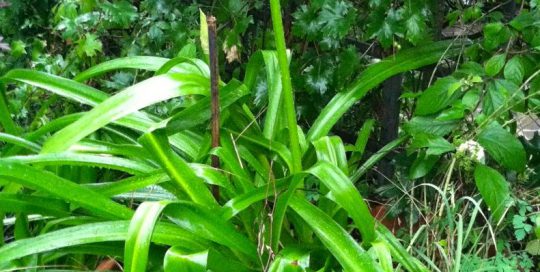
Beans: A Nurse Crop for Perennials
